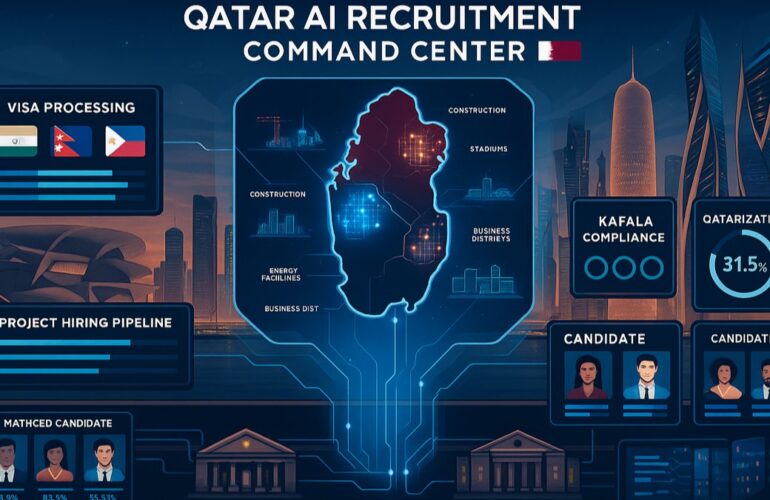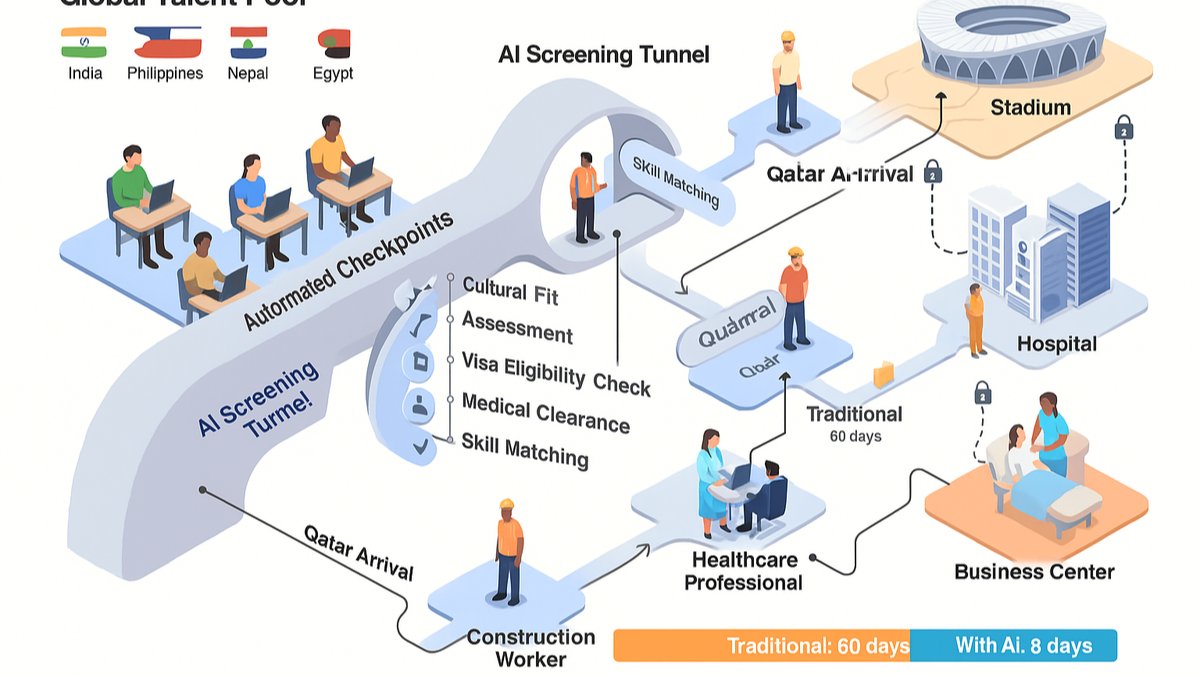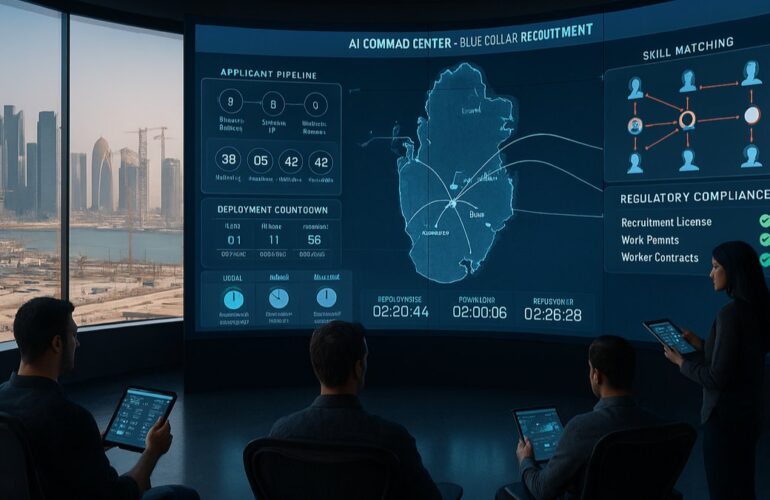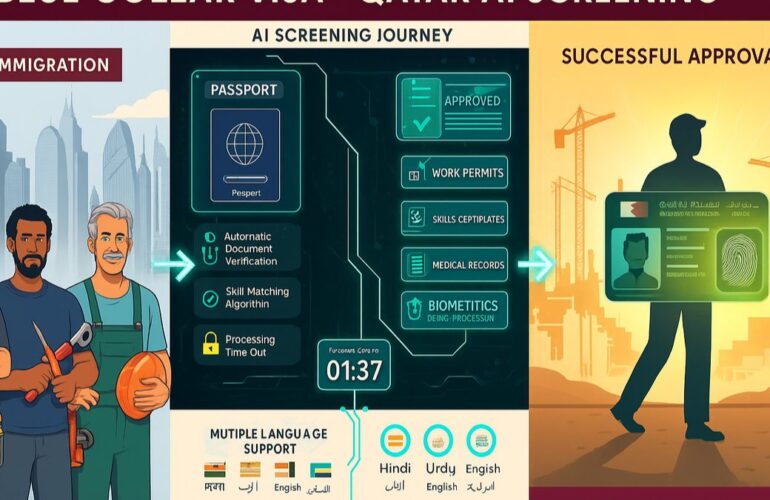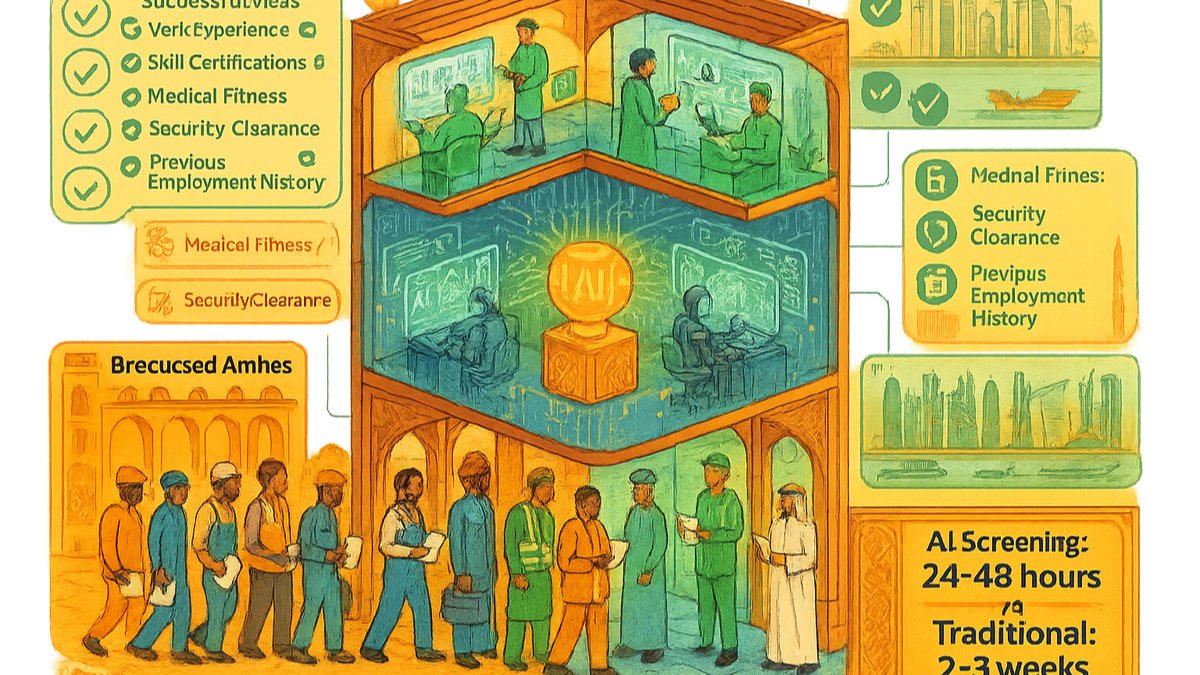The Human Edge Transforming Corporate Leadership in the Age of AI
Qatar’s ambitious Vision 2030 transformation demands recruitment excellence that goes far beyond algorithmic candidate matching. The human edge in Qatar recruitment involves understanding the country’s unique cultural dynamics, economic diversification goals, and the delicate balance between international expertise and local talent development.
The human becomes particularly crucial in Qatar’s evolving job market, where traditional industries expand alongside emerging sectors like technology, renewable energy, and knowledge economy initiatives. Successful recruitment requires human insight to identify candidates who can thrive in Qatar’s distinctive business environment.
Understanding Qatar’s Cultural Landscape
Qatar’s recruitment market requires the human in cultural intelligence and relationship building. While AI can scan resumes for keywords, understanding how candidates will adapt to Qatar’s business culture, social norms, and professional expectations requires human expertise and cultural sensitivity.
The human edge in Qatar recruitment involves recognizing how different nationalities integrate into Qatari workplaces, understanding the importance of personal relationships in business success, and identifying candidates who demonstrate both professional competence and cultural adaptability.
Vision 2030 and Specialized Talent Needs

The human edge in Vision 2030 recruitment extends beyond individual placements to understanding systemic talent needs, anticipating skill gaps before they become critical, and building talent pipelines that support long-term economic transformation rather than short-term staffing solutions.
Qatarization and Local Talent Integration
Balancing international expertise with Qatari national development requires the human in understanding career progression expectations, cultural mentorship needs, and sustainable knowledge transfer strategies. Recruitment becomes about building teams, not just filling positions. At the human edge.
The human edge in Qatarization involves identifying international candidates who excel at knowledge sharing, recognizing Qatari nationals with high potential for rapid development, and creating placement strategies that accelerate local talent growth while maintaining operational excellence.
Infrastructure and Energy Sector Expertise
Qatar’s massive infrastructure and energy projects demand the human in identifying candidates who can navigate complex, multinational project environments while respecting local business practices and cultural expectations.
The human edge in Qatar’s infrastructure recruitment involves understanding project lifecycles, identifying candidates with Gulf region experience, and recognizing professionals who can build lasting relationships with local partners and stakeholders.
World Cup Legacy and Tourism Development
Post-World Cup Qatar requires the human in recruitment strategies that leverage mega-event experience while building sustainable tourism and hospitality sectors. Recruiters must identify candidates who understand both international standards and local cultural requirements.
The human edge in Qatar’s tourism recruitment involves recognizing professionals who can deliver world-class service while respecting Qatari traditions, understanding seasonal workforce needs, and building talent strategies that support sustainable tourism growth.
Technology and Innovation Hub Development
Qatar’s ambition to become a regional technology hub requires the human in identifying innovative professionals who can build from the ground up while integrating with existing economic structures and cultural frameworks.
The human edge in Qatar tech recruitment involves understanding startup dynamics in traditional economies, identifying candidates who can bridge cultural and technological gaps, and recognizing professionals who thrive in rapidly evolving environments while respecting established business relationships.
Building Qatar’s Future Workforce
The human edge in Qatar recruitment means understanding that every placement contributes to national development goals, economic diversification objectives, and Vision 2030 success metrics. Recruitment becomes nation-building through strategic talent acquisition.
The future of Qatar recruitment belongs to professionals who recognize that the human creates value not just for individual employers, but for the country’s transformation into a knowledge-based, diversified economy that honors its heritage while embracing innovation.



 Identifying AI-Ready Professionals for the AI Workforce Revolution
Identifying AI-Ready Professionals for the AI Workforce Revolution
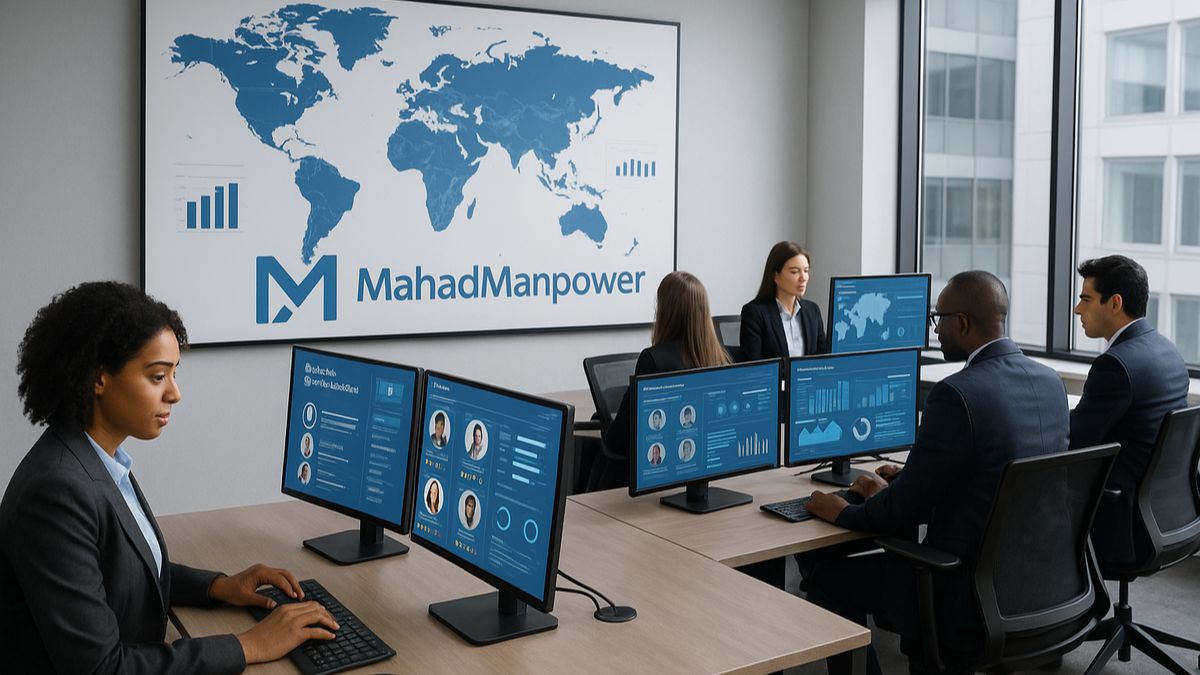 The international venture capital ecosystem has recognized the massive market opportunity within HR technology, with global investments reaching $4.2 billion in 2024 alone. This unprecedented capital influx accelerates the AI revolution in HR by enabling startups to develop increasingly sophisticated solutions for worldwide deployment. Discover how AI.
The international venture capital ecosystem has recognized the massive market opportunity within HR technology, with global investments reaching $4.2 billion in 2024 alone. This unprecedented capital influx accelerates the AI revolution in HR by enabling startups to develop increasingly sophisticated solutions for worldwide deployment. Discover how AI.
 Professional Profile Authentication
Professional Profile Authentication


